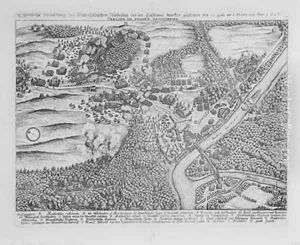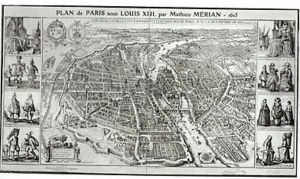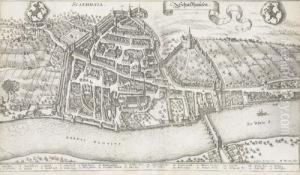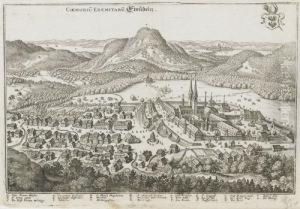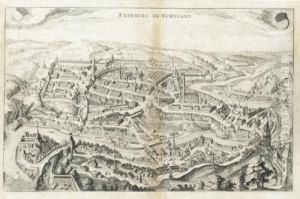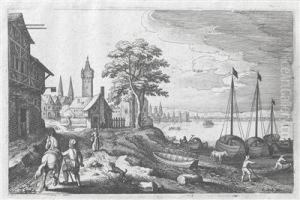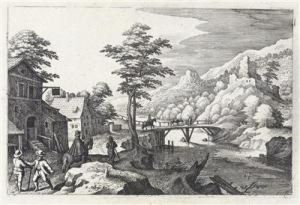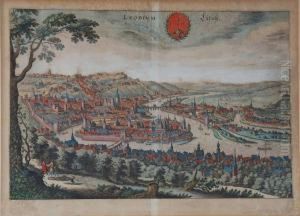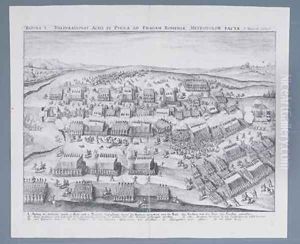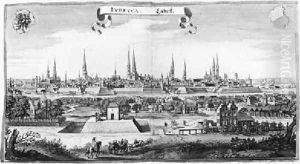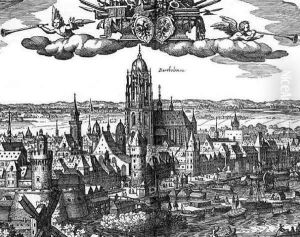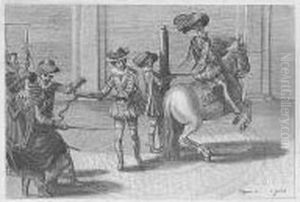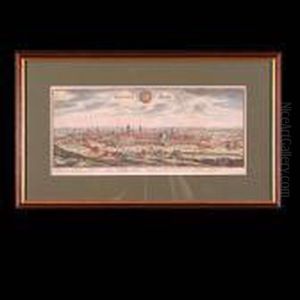Matthaus the Elder Merian Paintings
Matthäus Merian the Elder was a notable Swiss-born engraver who lived and worked during the early to mid-17th century. He was born in Basel, Switzerland, on September 22, 1593. Merian learned the art of engraving in Zürich with the renowned engraver Friedrich Meyer. He later moved to Strasbourg and then to Paris, where he continued his studies and refined his skills.
Merian's work was characterized by his detailed and intricate engravings, which often depicted cityscapes, historical events, and maps. In 1615, he moved to Frankfurt am Main in Germany, where he worked for the publisher Johann Theodor de Bry, who was the son of the Flemish publisher Theodor de Bry. Through his work with the de Bry publishing house, Merian gained significant recognition for his engravings, which were included in various travel literature and books.
In 1623, after the death of Johann Theodor de Bry, Merian took over the publishing house, which became known as the Merian publishing house. He married Maria Magdalena de Bry, daughter of Theodor de Bry and sister of Johann Theodor, thereby solidifying his place within the prominent publishing family.
Merian is perhaps best known for his series of topographical books, 'Topographia Germaniae', which included detailed engravings of towns and cities in Germany and other parts of Europe. These works are valuable historical documents as they provide a visual record of urban life during the 17th century.
In addition to city views, Merian also produced a number of decorative works, including a famous series of illustrations for the 1630 edition of Ovid's 'Metamorphoses'. His work also included portraits, book illustrations, and allegorical scenes.
Matthäus Merian the Elder passed away on June 19, 1650, in Bad Schwalbach, near Wiesbaden, Germany. His legacy continued through his children, including Matthäus Merian the Younger and Maria Sibylla Merian, who became a respected artist and naturalist in her own right. Merian's engravings remain highly valued by collectors and historians for their quality and historical importance.





